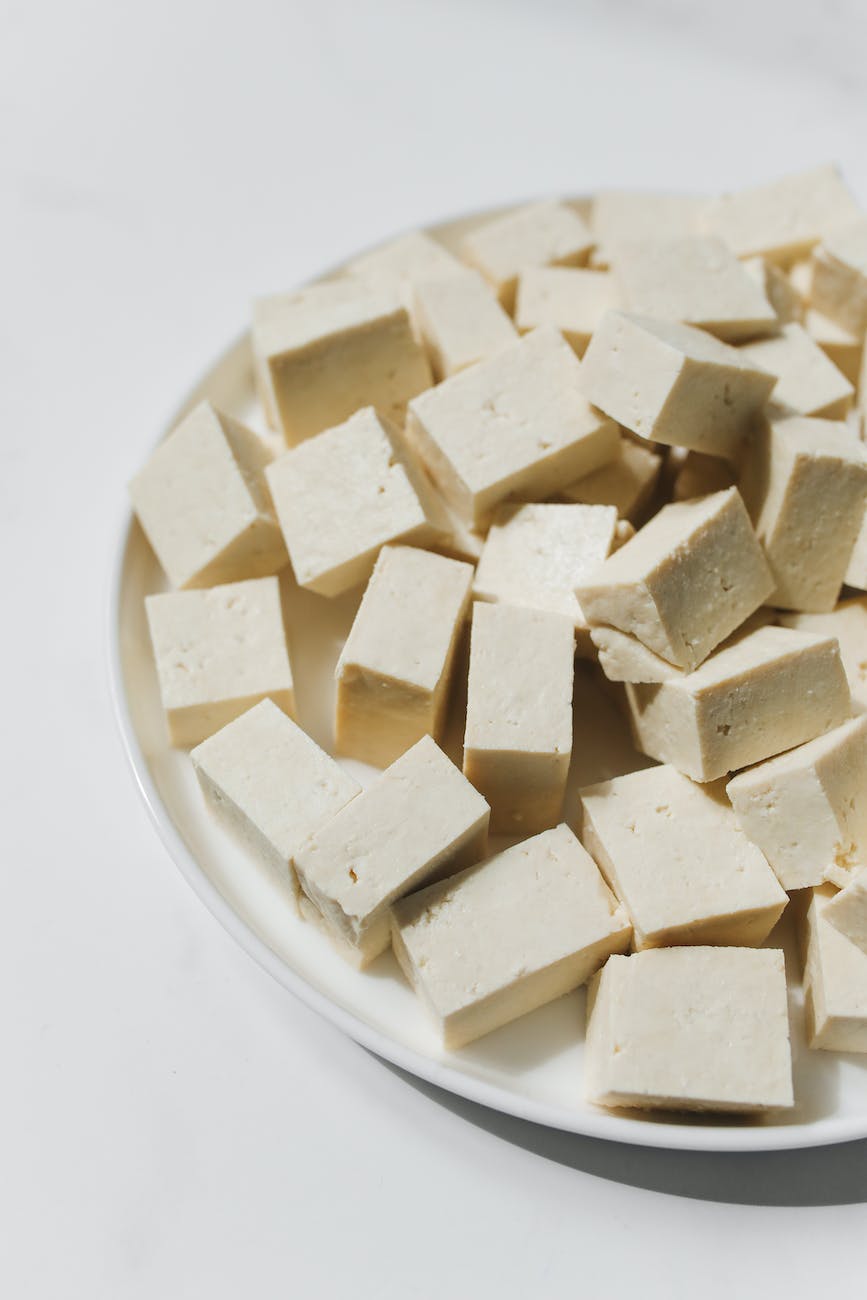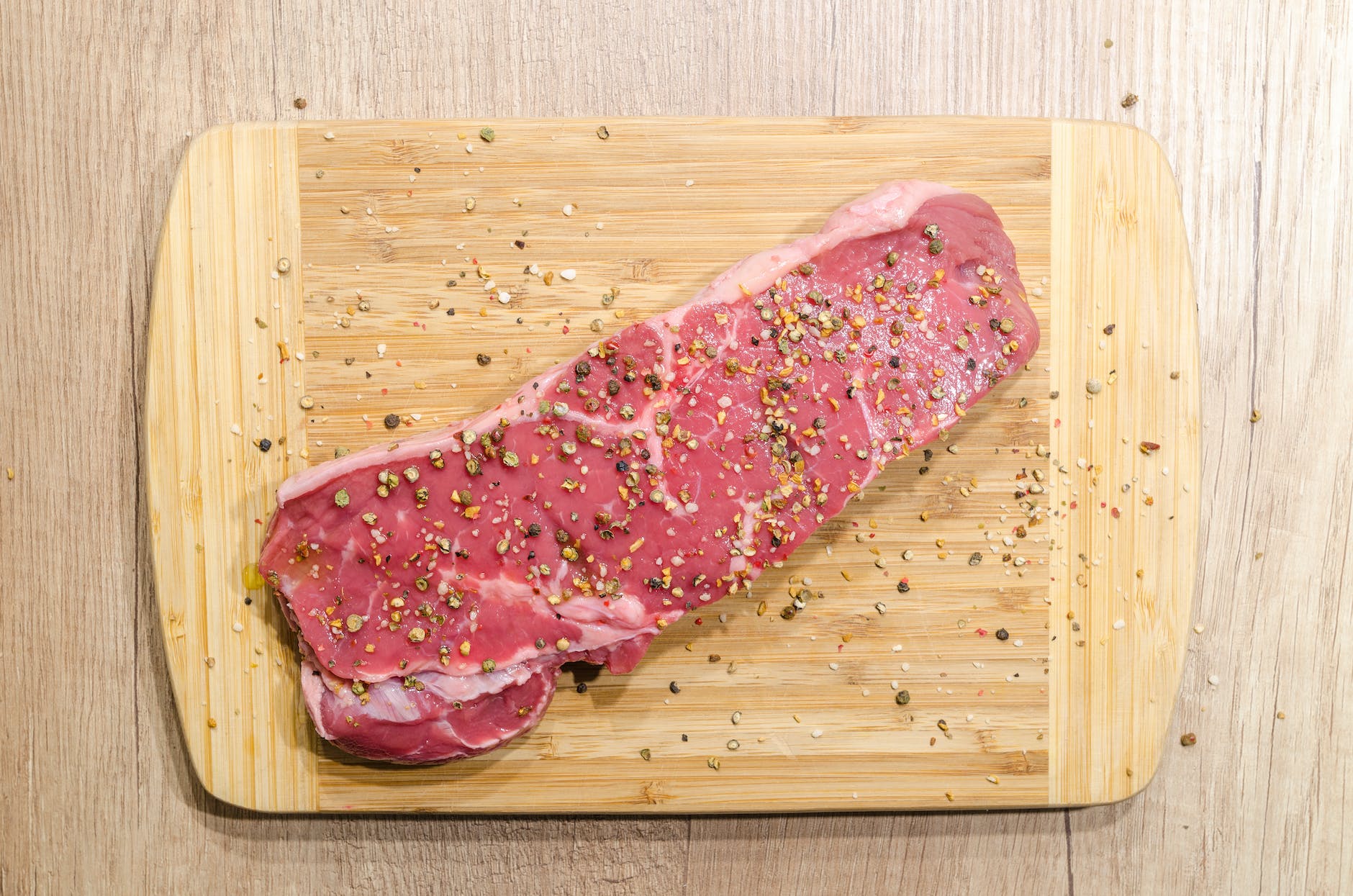
Introduction:
Welcome to another edition of our Keto Delight series! Today, we’re diving into the world of bread-like treats with a keto twist. Get ready to experience the buttery goodness of Keto Biscuits with Almond Flour infused with bold and exciting spice blends. We’ll explore the benefits of almond flour in a low-carb lifestyle, discuss the versatility of biscuits, and unveil five sensational spice combinations that will take your keto biscuits to the next level. Get ready to savor the flavors and indulge in these flavorful, guilt-free treats!🥐🌶️
Almond Flour: A Low-Carb Game Changer:
Almond flour is a versatile and nutrient-dense alternative to traditional wheat flour, making it an excellent choice for those following a low-carb or keto lifestyle. It’s made from finely ground blanched almonds, providing a flour-like texture while being naturally gluten-free and low in carbohydrates. Almond flour also packs a punch of healthy fats, fiber, and essential nutrients, making it an ideal choice for keto baking. In this recipe, we’ll harness the benefits of almond flour to create delectable biscuits that will satisfy your cravings without derailing your ketosis.
🥐 Elevating Your Keto Biscuits with Bold Spice Blends! 🥐
To add excitement and depth of flavor to your keto biscuits, we’ll be exploring five sensational spice blends. These combinations will not only enhance the taste of your biscuits but also elevate them to a whole new level of deliciousness. Get ready to savor the aroma and enjoy the burst of flavors with these creative spice twists:
- Garlic and Italian Seasoning Extravaganza: 🧄🌿 Embrace the classic combination of garlic and Italian seasoning for a burst of Mediterranean flavors in your biscuits. In a mixing bowl, combine almond flour, baking powder, a pinch of salt, a teaspoon of garlic powder, and a tablespoon of Italian seasoning. Mix well to ensure even distribution of the spices. Cut in cold butter or coconut oil until the mixture resembles coarse crumbs. Stir in beaten eggs and mix until a dough forms. Shape the dough into biscuits and place them on a baking sheet lined with parchment paper. Bake in a preheated oven until golden brown and fragrant. These garlic and Italian seasoning-infused biscuits are perfect for pairing with soups, stews, or enjoyed on their own as a flavorful snack.
- Cumin and Smoked Paprika Fiesta: 🌶️🔥 Spice up your biscuits with a fiesta of flavors by incorporating cumin and smoked paprika. In a mixing bowl, combine almond flour, baking powder, a pinch of salt, a teaspoon of ground cumin, and half a teaspoon of smoked paprika. Mix well to evenly distribute the spices. Cut in cold butter or coconut oil until the mixture resembles coarse crumbs. Stir in beaten eggs and mix until a dough forms. Shape the dough into biscuits and place them on a baking sheet. Bake until the biscuits are golden brown and irresistible. These cumin and smoked paprika-infused biscuits will add a smoky and zesty kick to your keto meal.
- Rosemary and Thyme Delight: 🌿✨ Elevate your biscuits with the enticing flavors of rosemary and thyme for a savory delight. In a mixing bowl, combine almond flour, baking powder, a pinch of salt, a tablespoon of chopped fresh rosemary, and a teaspoon of dried thyme. Mix well to ensure the herbs are evenly distributed. Cut in cold butter or coconut oil until the mixture resembles coarse crumbs. Stir in beaten eggs and mix until a dough forms. Shape the dough into biscuits and place them on a baking sheet. Bake until the biscuits are golden brown and fragrant. These rosemary and thyme-infused biscuits are perfect for accompanying roasted meats or enjoyed as a tasty snack.
- Chili Powder and Smoked Sea Salt Sensation: 🌶️🧂 Kick up the heat and add a smoky touch to your biscuits with the combination of chili powder and smoked sea salt. In a mixing bowl, combine almond flour, baking powder, a pinch of salt, a teaspoon of chili powder, and half a teaspoon of smoked sea salt. Mix well to ensure even distribution of the spices. Cut in cold butter or coconut oil until the mixture resembles coarse crumbs. Stir in beaten eggs and mix until a dough forms. Shape the dough into biscuits and place them on a baking sheet. Bake until the biscuits are golden brown and irresistible. These chili powder and smoked sea salt-infused biscuits will bring a bold and flavorful dimension to your keto meals.
- Parmesan and Garlic Powder Bliss: 🧀🧄 Indulge in the classic combination of Parmesan cheese and garlic for a savory bliss in every bite. In a mixing bowl, combine almond flour, baking powder, a pinch of salt, a quarter cup of grated Parmesan cheese, and a teaspoon of garlic powder. Mix well to ensure the cheese and garlic are evenly distributed. Cut in cold butter or coconut oil until the mixture resembles coarse crumbs. Stir in beaten eggs and mix until a dough forms. Shape the dough into biscuits and place them on a baking sheet. Bake until the biscuits are golden brown and fragrant. These Parmesan and garlic powder-infused biscuits are a cheese lover’s dream, perfect for pairing with keto-friendly soups or enjoying as a standalone savory treat.
💡 Get Creative and Share the Love! 💡
These spice-infused variations are just the beginning of your culinary journey with keto biscuits. Feel free to experiment with different spice combinations or even create your own unique blend. Let your creativity soar and share your flavorful creations with friends and family. Encourage them to embark on their own keto baking adventure and invite them to share their experiences with you. Together, you can inspire and support each other on your keto journeys.
📷 Share Your Delicious Creations! 📷
We would love to see the mouthwatering results of your keto biscuit experiments! Capture your delectable biscuits and share them on social media, tagging @Masala.Monk and using the hashtag #MasalaMonk. Describe the flavors, textures, and your favorite spice variations. Let’s build a community of keto food enthusiasts and spread the joy of flavorful, low-carb baking!













